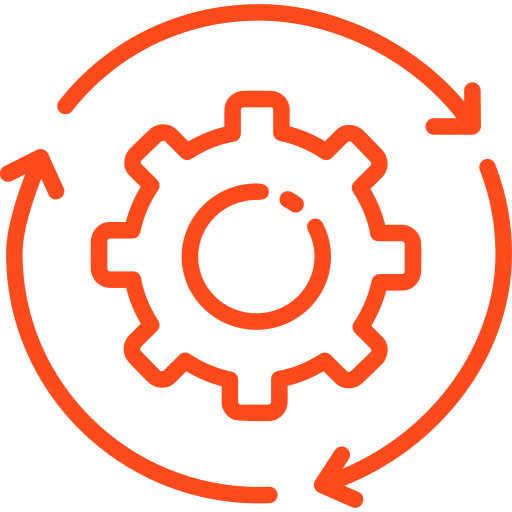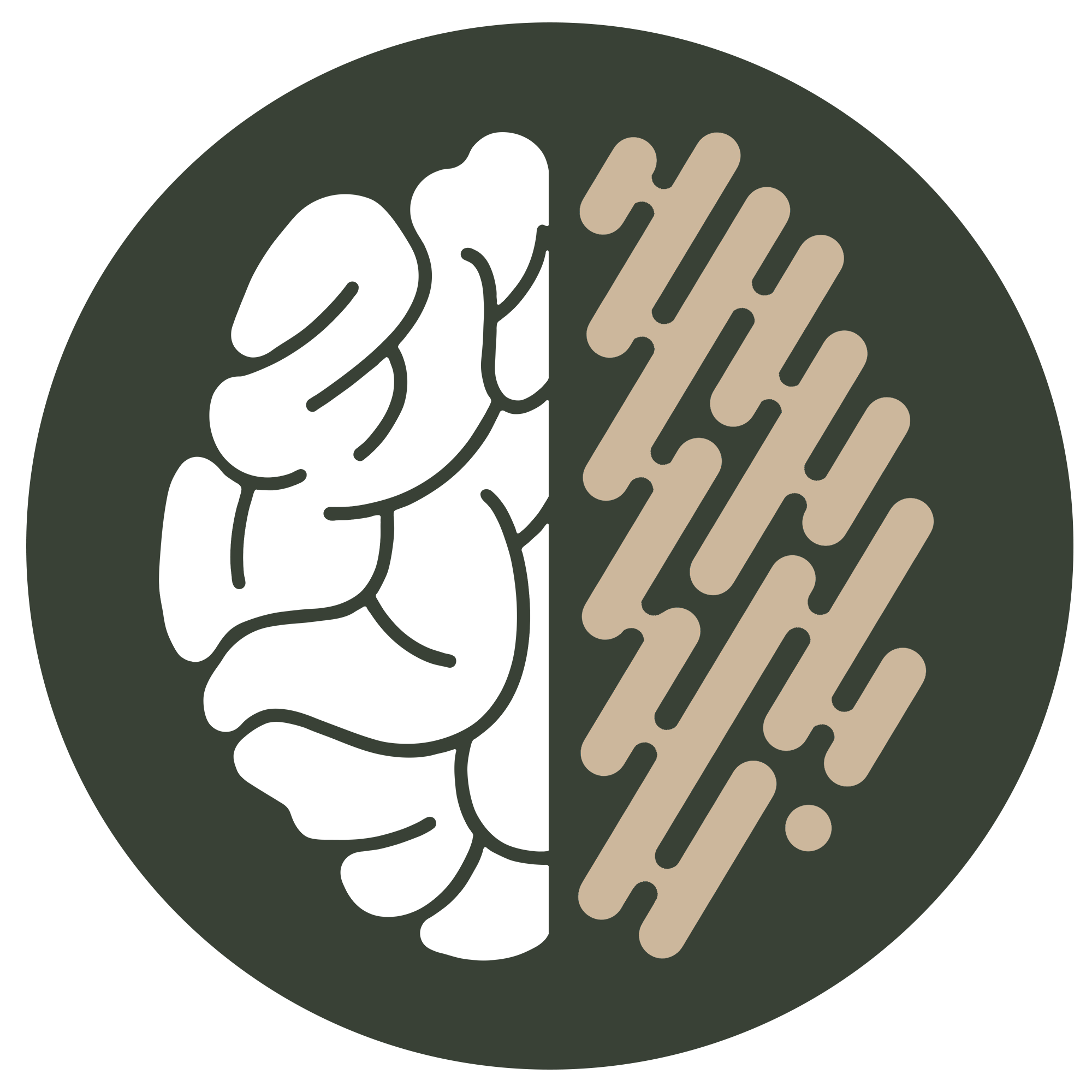Are Neurodiverse Team the Missing Link in Operational Excellence?
In the constant push for performance, efficiency, innovation and operational excellence, leaders are trained to optimise systems, processes, and people. But what if the key to smoother, more adaptive teams isn’t about pushing harder, but thinking differently?
As leaders look for their next strategic edge, there’s a growing body of evidence suggesting that neurodiverse teams may be the missing link in building agile, high-performing operations. And here’s why.

Rethinking Efficiency. From Uniformity to Cognitive Diversity
Operational excellence has long been defined by streamlined systems and uniform execution. But today’s challenges, complex customer needs, changing work environments, and competitive pressure, demand more than efficiency. They require teams that can innovate, adapt, and spot problems before they arise.
This is where neurodiversity comes in.
Deloitte research shows that cognitively and demographically diverse teams are up to 30% better at risk spotting, 20% more innovative, and deliver smoother implementation through broader buy-in and trust. In short, diversity of thinking leads to operational resilience.
Neurodivergence as Strategic Strength
Neurodivergent individuals, those with conditions such as autism, ADHD, dyslexia, dyspraxia, and OCD, often bring unique ways of processing, analysing, and problem-solving. When supported effectively, their presence strengthens teams in critical ways:

Pattern recognition and detail orientation (common in autistic individuals)

Creative, fast-paced ideation and task-switching (common in ADHD profiles)

Alternative communication and processing styles that challenge norms

Out-of-the-box thinking that can uncover solutions others overlook
Yet, most operations are not designed with these thinkers in mind. When they are excluded, either through bias or inaccessible processes, you lose potential competitive advantage.
From Diversity to Inclusion: The Real Operational Shift
While many companies now track diversity, few truly operationalise inclusion. But inclusive teams don’t just look good, they run better.
Companies with inclusive cultures are:
2x
as likely to exceed financial targets.
3x
as likely to be high performing.
6x
as likely to be innovative and agile.
8x
as likely to achieve better business outcomes.
That’s not a feel-good bonus, it’s a fundamental business case.
Why Leaders Should Care Now
Operational excellence depends on more than lean processes or digital systems, it relies on how well your teams think, collaborate, and execute under pressure. If your systems are optimised but your teams are underperforming, you may be missing this crucial layer.
Leaders are uniquely positioned to lead the integration of neurodiversity into workforce strategies. Why?
- You already manage workflow, process, and systems, you can embed inclusion at every level.
- You are the bridge between people and performance, inclusion is not HR’s job alone.
- You can define how diversity translates into delivery, speed, quality, and innovation.
Smooth Teams Aren’t the Most Uniform. They’re the Most Adaptive
Operational Excellence isn’t just about fewer mistakes, it’s about teams that can adjust in real time, challenge assumptions, and see around corners.
That kind of performance doesn’t come from hiring more of the same. It comes from building systems that support different ways of thinking, and empowering those differences to work together.
Neurodiverse teams don’t just run smoother, they run smarter. And the operational leaders who understand that will be the ones to define the future of work.





